Any Polygon Can Be the Base of a Prism
Any polygon can be the base for a prism. Any polygon can be the base of a prism.
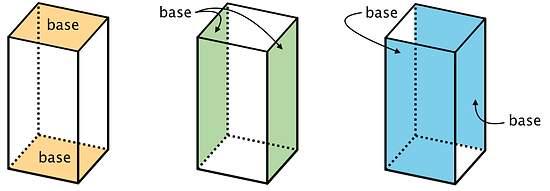
Grade 6 Mathematics Unit 1 14 Open Up Resources
The triangular prism has a triangular base and rectangular sides whereas a tetrahedron has a polygonal base and triangular sides.

. A prism is a subclass of the prismatoids. Cube is a prism while cylinder can be considered a prism with infinite number of lateral faces. The prism is a solid object enclosed by two parallel planar polygonal bases and a lateral prismatic surface.
A prism is a 3-dimensional shape with two identical shapes facing each other. Other faces of a prism are parallelograms or rectangles. Properties of a Rectangular Prism.
With a polygonal base having n sidesvertices the number of faces edges and vertices NF NE NV respectively is given by the formulas. VAh Where A is the cross-sectional area or equivalently the area of the base or of the top. A transparent block in the shape of a prism typically with triangular ends used to split or reflect light.
The faces of the prism are parallelograms or rectangles without the bases. Thus these joining faces are parallelograms. And the bases of the prism could be triangle square rectangle or any n-sided polygon.
The bases can be a triangle square rectangle or any other polygon. These triangular sides are sometimes called the lateral faces to distinguish them from the base. A triangular prism has five sides six vertices and nine edges.
If the base of a prism is in the shape of a regular polygon it is called a regular prism. The diagram below on the right consists of three cross-sections which are equal. Irregular Prism If the base of a prism is within the shape of an irregular polygon then the prism is.
A pentagonal prism is made up of two pentagons and five rectangles. If we let the number of sides for one of the base face polygons equal n then the prism will have n 2 faces 3n edges and 2n vertices. The base of a pyramid can be any polygon shape such as trilateral quadrilateral etc.
If the cross-section looks like a rectangle it is called a rectangular prism. A crystal in which the faces are parallel to the vertical axis. A hexagonal prism is made up of two hexagons and six rectangles.
Since a polygon has straight edges we can always connect the corresponding sides of two congruent. Any polygon can be the base of a prism. The base of a prism can be any polygon.
All cross-sections parallel to the base faces are the same. In geometry an n -sided prism is a polyhedron made of an n -sided polygonal base a translated copy and n faces joining corresponding sides. It is the combination of the flat faces identical bases and equal cross-sections.
Yes any polygon can be the base of a prism. Geometry A solid with triangular lateral faces and a polygonal often square or rectangular base. These identical shapes are called bases.
Its volume is three times the volume of the sections. For example a pentagonal prism has two pentagonal bases and 5 rectangular faces. See full answer below.
Here are some examples. Any cross section taken through the prism parallel to. A cone with a polygonal base is called a pyramid.
A pentagonal prism could also be called a heptahedron. A pyramid or triangular prism is a polyhedron that has a base which can be any polygon and three or more triangular faces that meet at a point called the vertex. People also ask is a cone a pyramid.
The properties of prisms are similar for every kind of prism with each one defined by the shape that makes up the base of the prism. A rectangular prism consists of 8 vertices 12 sides and 6 rectangular faces. Similarly if the base of a prism is of a hexagon shape it is called a hexagonal prism.
In geometry a prism is a polyhedron comprising an n-sided polygonal base a second base which is a translated copy rigidly moved without rotation of the first and n other faces necessarily all parallelograms joining corresponding sides of the two bases. The triangular prism illustrated below has perhaps one of the most recognisable shapes for a prism but the cross section can be any polygonal shape. The shape of the prism does not have any curve.
Therefore a prism can have triangular square rectangular pentagonal and other polygon shapes as bases but not circular shapes. All the opposite faces of a rectangular prism are equivalent.

Grade 6 Mathematics Unit 1 13 Open Up Resources

Hexagonal Prism Properties Formula Examples Video Lesson Transcript Study Com

Prism Definition Shape Types Cross Section Area Volume

Pentagonal Prism Definition Formulae Of Volume Surface Area Examples

Prisms Definition Types Formulas Solved Examples

Base Lateral And Surface Areas Of Prisms Ck 12 Foundation

Prism Definition Shape Types Cross Section Area Volume
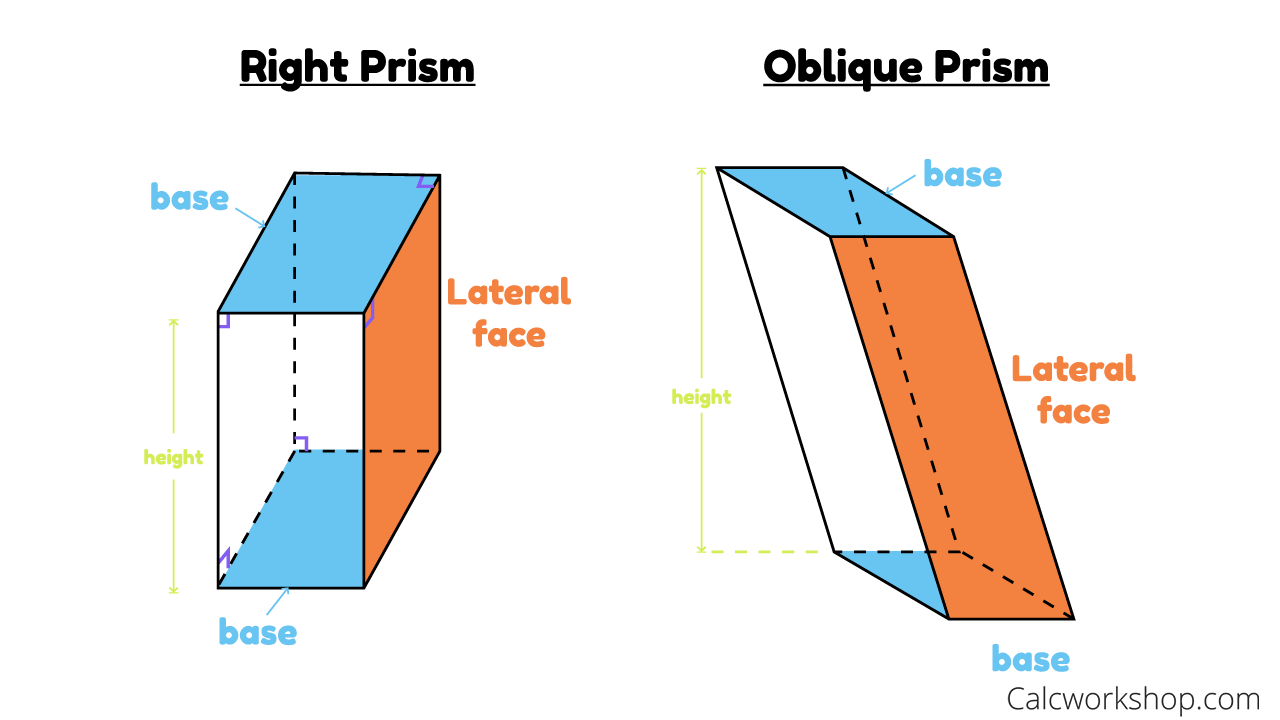
Volume And Surface Area Of A Prism 11 Examples

What Is A Prism Printable Summary Virtual Nerd
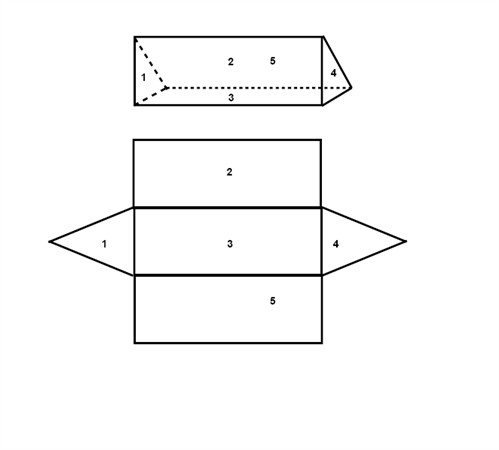
The Surface Area And The Volume Of Pyramids Prisms Cylinders And Cones Geometry Area Mathplanet

7 3 3 Decomposing Bases For Area Mathematics Libretexts
How Will A Triangular Prism Triangular Pyramid And A Square Pyramid Look Like Quora

Can Any Polygon Can Be The Base Of A Prism Study Com

Lesson Explainer Surface Areas Of Prisms Nagwa

Any Polygon Can Be The Base Of A Prism A True B False Brainly Com
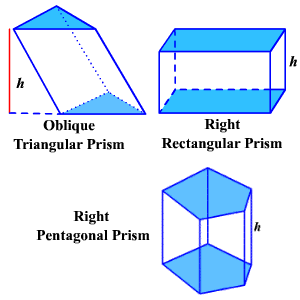
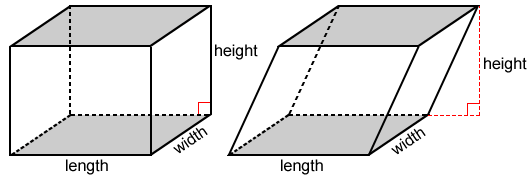
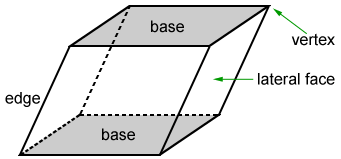

Comments
Post a Comment